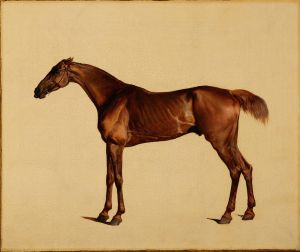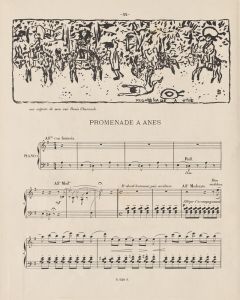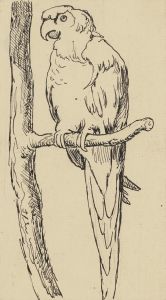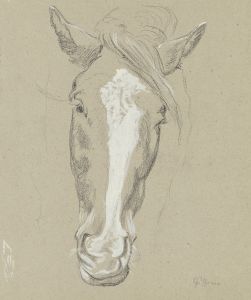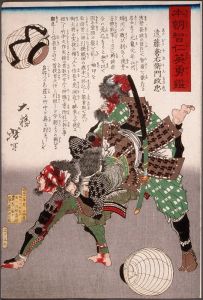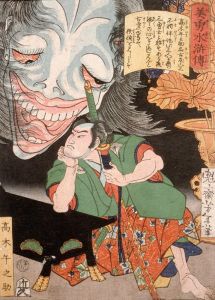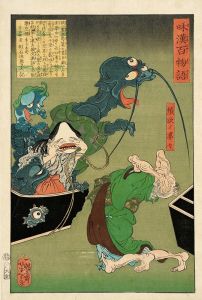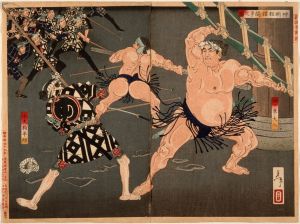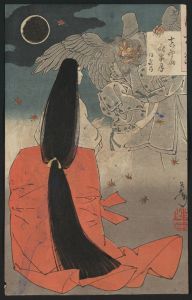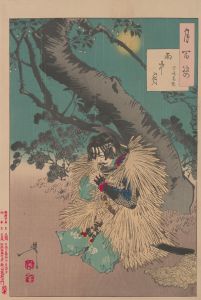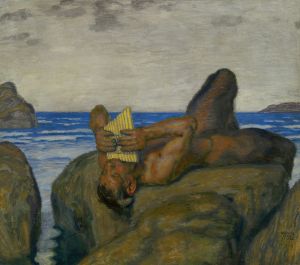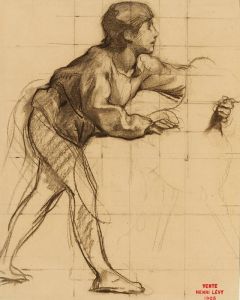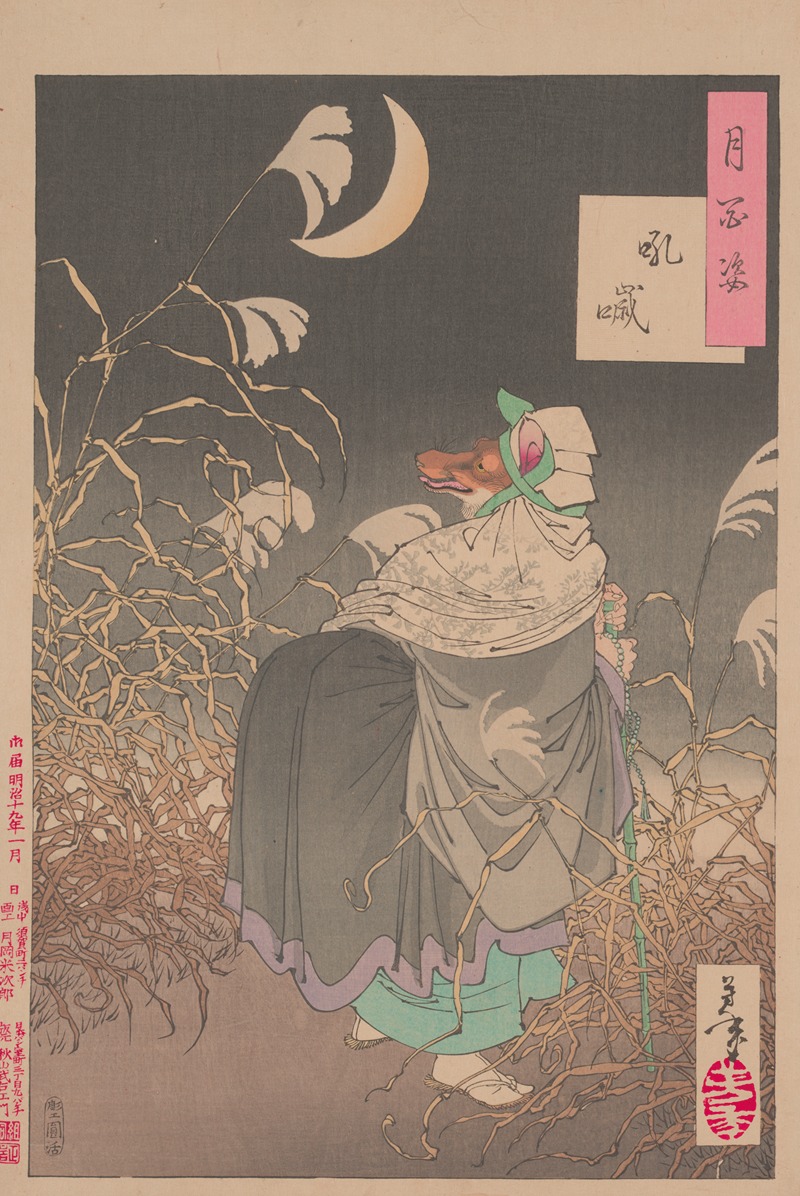
The cry of the fox
A hand-painted replica of Tsukioka Yoshitoshi’s masterpiece The cry of the fox, meticulously crafted by professional artists to capture the true essence of the original. Each piece is created with museum-quality canvas and rare mineral pigments, carefully painted by experienced artists with delicate brushstrokes and rich, layered colors to perfectly recreate the texture of the original artwork. Unlike machine-printed reproductions, this hand-painted version brings the painting to life, infused with the artist’s emotions and skill in every stroke. Whether for personal collection or home decoration, it instantly elevates the artistic atmosphere of any space.
Tsukioka Yoshitoshi (1839–1892) was a renowned Japanese artist known for his work in ukiyo-e, a genre of woodblock prints and paintings that flourished in Japan from the 17th through 19th centuries. Yoshitoshi is often celebrated for his innovative approach to traditional themes and his ability to capture the complexities of human emotion and the supernatural in his art. One of his notable works is "The Cry of the Fox," which reflects his interest in folklore and the supernatural.
"The Cry of the Fox" is part of Yoshitoshi's series "One Hundred Aspects of the Moon" (Tsuki hyakushi), which was published between 1885 and 1892. This series is considered one of Yoshitoshi's masterpieces and showcases his mature style, characterized by bold compositions, dynamic use of color, and intricate detail. Each print in the series is inspired by stories, legends, and historical events associated with the moon, a motif that holds significant cultural and symbolic meaning in Japan.
In "The Cry of the Fox," Yoshitoshi draws upon Japanese folklore, particularly the myth of the kitsune, or fox spirit. Kitsune are intelligent beings with magical abilities, often depicted as shape-shifters capable of transforming into human form. In Japanese culture, they are seen as both benevolent and malevolent, serving as protectors or tricksters depending on the context. The fox's cry, or "kon," is a recurring element in these stories, often signifying transformation or the presence of the supernatural.
Yoshitoshi's depiction captures the mysterious and ethereal nature of the kitsune. The print likely features a scene where the fox's cry is pivotal, perhaps illustrating a moment of transformation or revelation. Yoshitoshi's skillful use of line and color enhances the otherworldly atmosphere, drawing the viewer into the mystical world of Japanese folklore. The moon, a central theme in the series, adds to the print's enigmatic quality, symbolizing change, mystery, and the passage of time.
Yoshitoshi's work, including "The Cry of the Fox," is notable for its blend of traditional Japanese aesthetics with a modern sensibility. His prints often reflect the social and cultural changes occurring in Japan during the Meiji era, a time of rapid modernization and Western influence. Despite these changes, Yoshitoshi remained committed to preserving and revitalizing the ukiyo-e tradition, infusing it with new life and relevance.
Today, Tsukioka Yoshitoshi is regarded as one of the last great masters of ukiyo-e. His work continues to be celebrated for its artistic innovation and its ability to convey the depth and complexity of human experience. "The Cry of the Fox" stands as a testament to his mastery of the medium and his enduring fascination with the mystical and the mythical.





